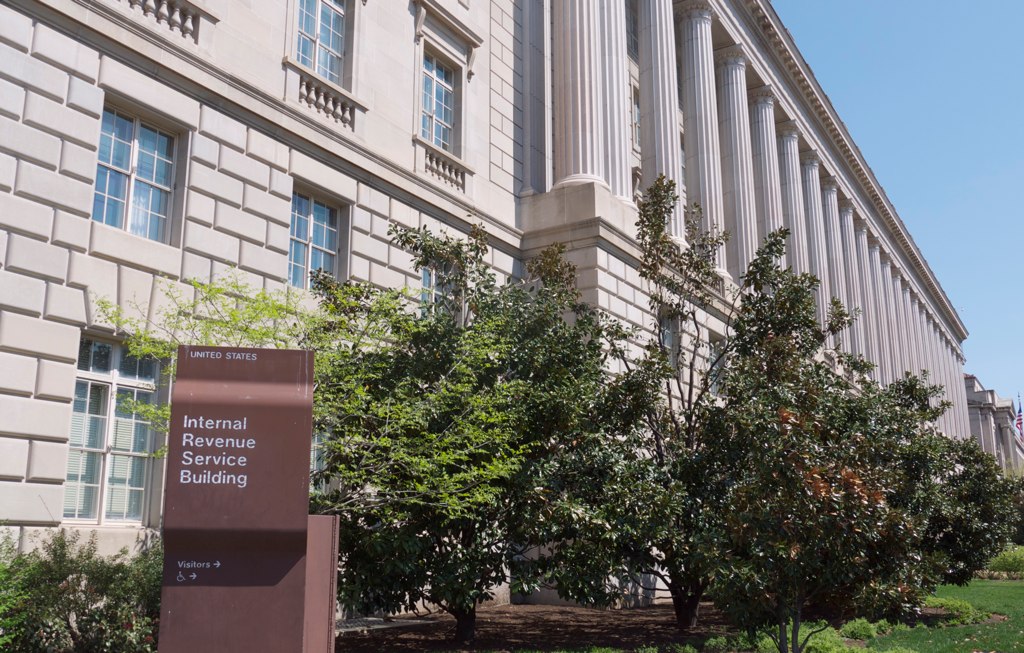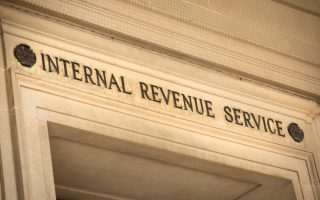
The IRS recently announced a new contribution limit for 401(k) plans in 2025, raising the cap to $23,500. This $500 increase from the 2024 limit is designed to support individuals aiming to build their retirement savings amid rising costs. Savers aged 50 and above can also contribute an additional $7,500 as part of the “catch-up” provision, allowing those nearing retirement to bolster their savings.
Individual Retirement Account (IRA) limits, however, remain at $7,000, unchanged since 2019. The “catch-up” provision for IRAs allows individuals 50 and older to contribute an additional $1,000. This limit stability aims to maintain accessibility for savers across various income brackets, as the IRS has not deemed inflation sufficient to warrant an increase.
The SECURE 2.0 Act, passed recently, introduces higher catch-up contributions for individuals aged 60 to 63, recognizing the unique financial planning needs of this age group. This provision seeks to aid those closer to retirement who may need to accelerate their savings efforts due to delayed or interrupted contributions earlier in life.
Additionally, the IRS has modified income phase-out ranges for both traditional IRAs and Roth IRAs. These adjustments are meant to ensure that savers are contributing in line with their income levels, thereby targeting tax benefits to those who need them most. The new phase-out ranges will enable more Americans to take advantage of these savings tools in the lead-up to retirement. For more details, visit the IRS announcement.
Image Source: Flickr, No changes made from original.

James Hendrickson is an internet entrepreneur, digital publishing junky, hunter and personal finance geek. When he’s not lurking in coffee shops in Portland, Oregon, you’ll find him in the Pacific Northwest’s great outdoors. James has a masters degree in Sociology from the University of Maryland at College Park and a Bachelors degree on Sociology from Earlham College. He loves individual stocks, bonds and precious metals.






Comments